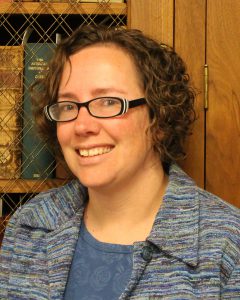The HSLS Staff News section includes recent HSLS presentations, publications, staff changes, staff promotions, degrees earned, etc.
Publications
Author name in bold is HSLS-affiliated
A. San-Juan-Rodriguez, T.V. Newman, I. Hernandez, E.C.S. Swart, M. Klein-Fedyshin, Research & Clinical Instruction Librarian, et al., published “Impact of Community Pharmacist-Provided Preventive Services on Clinical, Utilization, and Economic Outcomes: An Umbrella Review” in Preventive Medicine, 115: 145-55, August 23, 2018.
Presentations
Presenter names in bold are HSLS-affiliated
Michelle Burda, NNLM MAR Education and Health Literacy Coordinator, participated in the first HealthTech Fair at Stony Brook’s Health Sciences Library on September 26, 2018, in Stony Brook, NY; Burda also provided training for the staff and a program for the public at the North Shore Public Library on Long Island, NY, on September 27, 2018; and presented the workshop “Health Outreach & Programming @ Your Library,” at the Delaware/Maryland Library Association meeting.
Veronica Leigh Milliner, NNLM MAR All of Us Community Engagement Coordinator, served as a coordinator for the Allied Media Conference’s Radical Libraries, Archives, and Museums track in Detroit, MI, June 14-17, 2018; presented “Professional Development 101: Get Involved, Get Ahead, Make a Difference” at the American Library Association Annual Conference in New Orleans, LA, June 2018; and began her second term as the Director for the American Library Association’s New Members Round Table. Her term is scheduled throughout April 2019.
Erin Seger, NNLM MAR Health Professions Coordinator, presented “Trusted Resources to Support Transgender Health” at the Mazzoni Center Trans Wellness Conference, in Philadelphia, PA, on August 3, 2018.

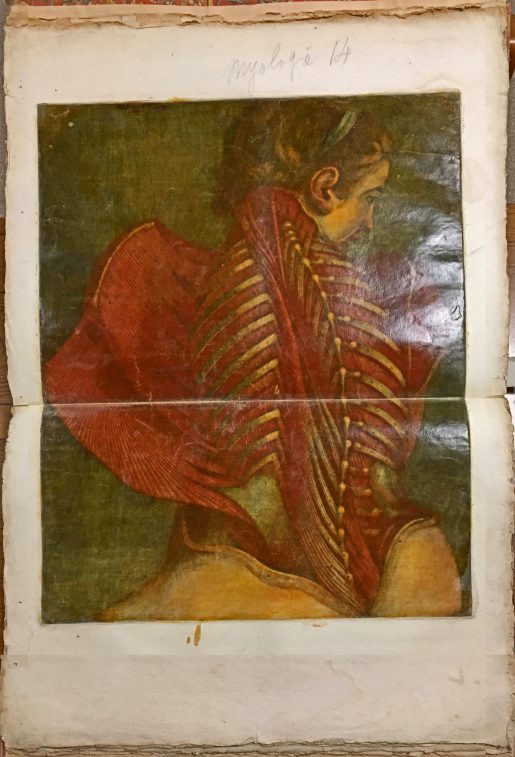
 Recent visitors to the Health Sciences Library System may have noticed a new feature to the left of the circulation desk: the University of Pittsburgh’s first “living wall.” A living wall (sometimes called a “green wall”) is a vertical arrangement of living plants placed densely together so that the wall itself appears to be made of greenery. Our living wall is composed of three varieties of Epipremnum aureum, or golden pothos, a tough-to-kill tropical vine that can survive the artificial lights and dry conditions of most offices. Over time, the pothos tendrils will twine together to conceal their scaffolding and create a leafy square of jungle.
Recent visitors to the Health Sciences Library System may have noticed a new feature to the left of the circulation desk: the University of Pittsburgh’s first “living wall.” A living wall (sometimes called a “green wall”) is a vertical arrangement of living plants placed densely together so that the wall itself appears to be made of greenery. Our living wall is composed of three varieties of Epipremnum aureum, or golden pothos, a tough-to-kill tropical vine that can survive the artificial lights and dry conditions of most offices. Over time, the pothos tendrils will twine together to conceal their scaffolding and create a leafy square of jungle.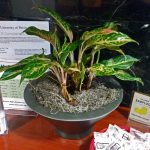
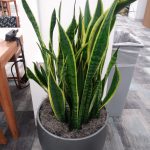
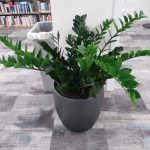

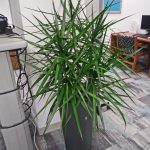

 Join HSLS this fall for three new EndNote classes. Basic EndNote is an hour-long introduction to the software that will get you started adding references and using the Cite While You Write feature. Advanced EndNote will cover more in-depth topics, such as adding and editing citation styles, importing references to and from Excel, and using Smart Groups. In the EndNote for Research Teams class, we will discuss sharing libraries and groups, the manuscript matcher tool, and using Cite While You Write on a co-written article using both Word and Google Docs.
Join HSLS this fall for three new EndNote classes. Basic EndNote is an hour-long introduction to the software that will get you started adding references and using the Cite While You Write feature. Advanced EndNote will cover more in-depth topics, such as adding and editing citation styles, importing references to and from Excel, and using Smart Groups. In the EndNote for Research Teams class, we will discuss sharing libraries and groups, the manuscript matcher tool, and using Cite While You Write on a co-written article using both Word and Google Docs.
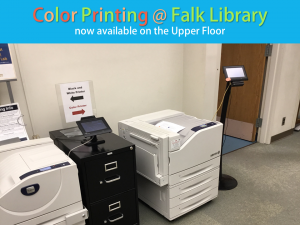 By popular demand, a color printer is now available to Pitt students and faculty at Falk Library. For the first time, color-printing access with your Pitt quota is available outside of the CSSD labs. You can find the new color printer on the library’s upper floor, across from the Technology Help Desk.
By popular demand, a color printer is now available to Pitt students and faculty at Falk Library. For the first time, color-printing access with your Pitt quota is available outside of the CSSD labs. You can find the new color printer on the library’s upper floor, across from the Technology Help Desk.